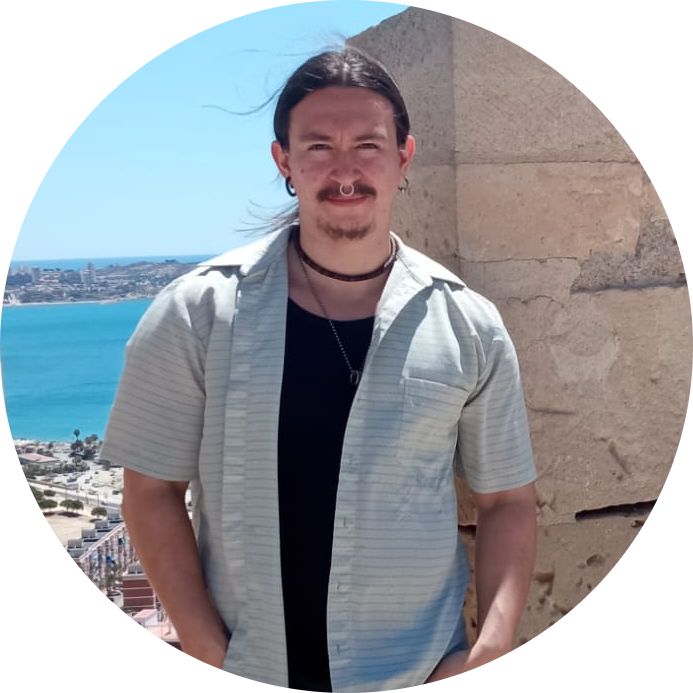Model theory of local real closed SV-rings of finite rank. PDF. ArXiv. Expand abstract. (to be submitted)
This note begins the model-theoretic study of local real closed SV-rings of finite rank; to this end, a structure theorem for reduced local SV-rings of finite rank is given and branching ideals in local real closed rings of finite rank are analysed. The class of local real closed SV-rings of rank n ∈ ℕ≥2 is elementary in the language of rings ℒ := {+,−,·,0,1} and its ℒ-theory Tn has a model companion Tn,1; models of Tn,1 are n-fold fibre products (((V₁× k V₂)× k V₃) ...× k Vn−1)× k Vn of non-trivial real closed valuation rings Vi with isomorphic residue field k . The ℒ-theory Tn,1 is complete, decidable, and NIP. After enriching ℒ with a predicate for the maximal ideal, models of Tn have prime extensions in models of Tn,1, and Tn,1 is the model completion of Tn in this enriched language. A quantifier elimination result for Tn,1 is also given. The class of those local real closed SV-rings of rank n ∈ ℕ≥2 which are n-fold fibre products (((V₁×WV)×WV₃) ...×WVn-1)×WVn of non-trivial real closed valuation rings Vi along surjective morphisms Vi↠W onto a non-trivial domain W is elementary in the language of rings, and its ℒ-theory Tn,2 is also complete, decidable, and NIP; after enriching ℒ with predicates for the maximal ideal and the unique branching ideal, Tn,2 is model complete.

